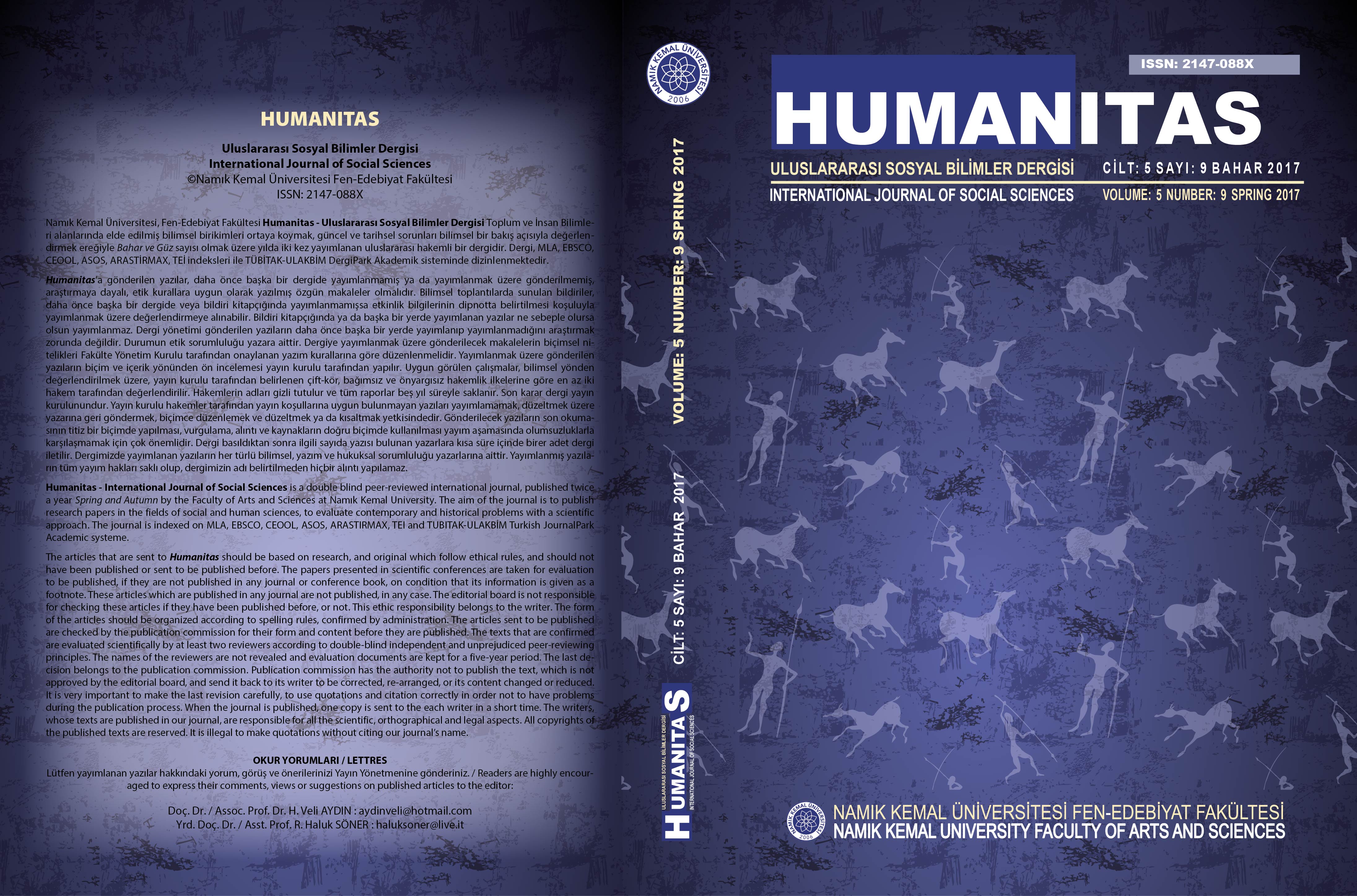TÜRK ÜNİVERSİTE ÖĞRENCİLERİNİN EMOJİ ALGISI
EMOJI ATTITUDE OF TURKISH UNIVERSITY STUDENTS
Author(s): Levent Toksöz, Cahit KahramanSubject(s): Theory of Communication, Higher Education , Sociology of Culture
Published by: Namık Kemal Üniversitesi Fen-Edebiyat Fakültesi
Keywords: E-moji; Attitude; Gender;
Summary/Abstract: The purpose of this study was to clarify the emoji (pictogram) attitude of Turkish university students. Emoji, which comes from the combination of e, meaning japanese picture, and moji words, which means letter; is defined as a visual symbol used in expressing feelings or some concepts in written messages. Emoji was originally designed as 176 pieces by Shigetaka Kurita, who worked in a mobile phone company in Japan in 1998. In 2010, after Apple began supporting emoji on iPhone devices, it gained global popularity. While the use of emoji in written messages is widespread, we understand that the study done in our country is very limited. In this limited number of studies, it is emphasized that especially young generation has a positive attitude towards emoji. In this study, emoji attitude of Turkish university students was examined by considering the gender factor. Using participants from the Namik Kemal University, 60 males and 60 females were asked about personal emoji relation and emoji benefit perception. As a method of analysis, averages of male and female students for each question were calculated separately and t test was applied. As a result of the survey, it was determined that the usage frequency of emoji is medium-level and favourable. Also, it is observed that, there is a strong perception that the use of emoji is beneficial in expressing feelings and makes messages fun. In addition, it was seen that females appreciate the benefits of using emoji more than males.
Journal: Humanitas - Uluslararası Sosyal Bilimler Dergisi
- Issue Year: 5/2017
- Issue No: 09
- Page Range: 247-256
- Page Count: 10
- Language: Turkish

